Mobile Application
Some Documentation for the Mobile App needed
General
General Documentation like diagrams, tasks and roles
FotoFaces
Some Documentation for the FotoFaces API and algorithms
Functional Requirements
- The system must allow the user to login with username and password (or SSO)
- The system must allow the user to check his current photo
- The system must allow the user to check the properties needed for a photo to be valid
- The system must allow the user to pick between taking a live photo or choosing a photo from the gallery and do one of them
- The system must allow the user to choose between updating a valid photo, going back to the last menu or return to the main page
- The system must send a photo and the user ID to the FotoFaces API
- The system must receive a JSON from the FotoFaces API with the validation properties
- The system must check the validity of a photo (based on its properties)
- The system must show the user if the chosen photo is valid
Development Tools
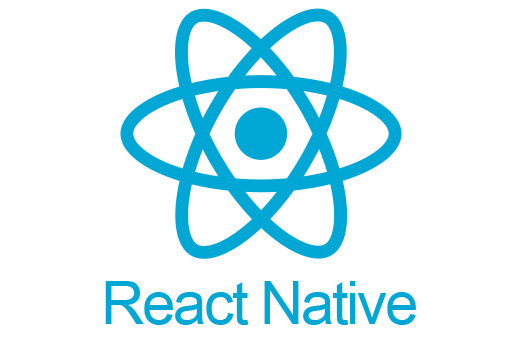
React Native
Database
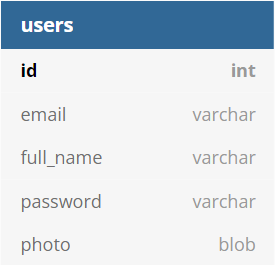
Mock-Ups
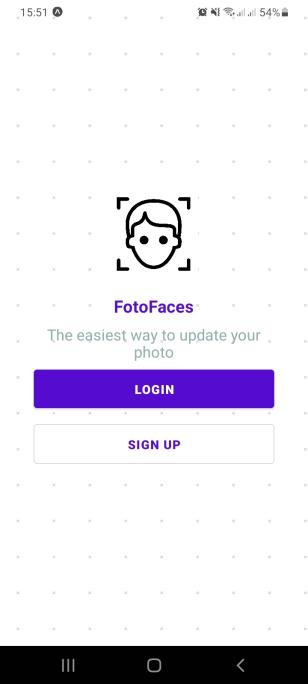
Home Page
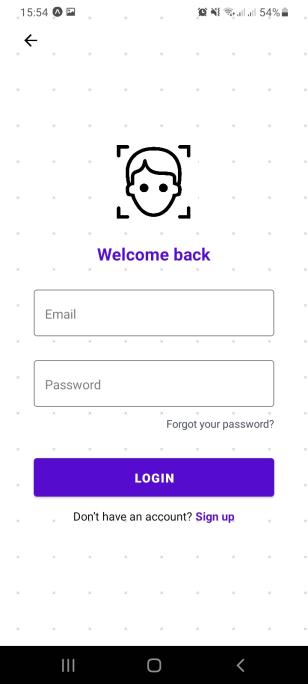
Login
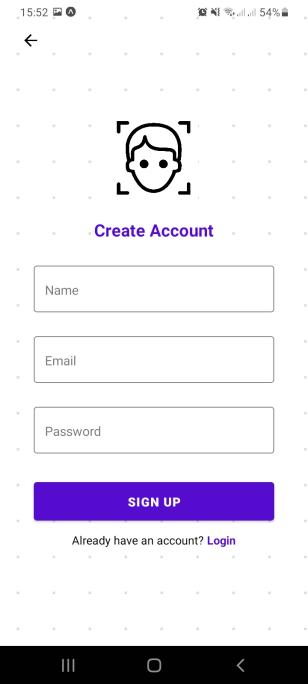
Register
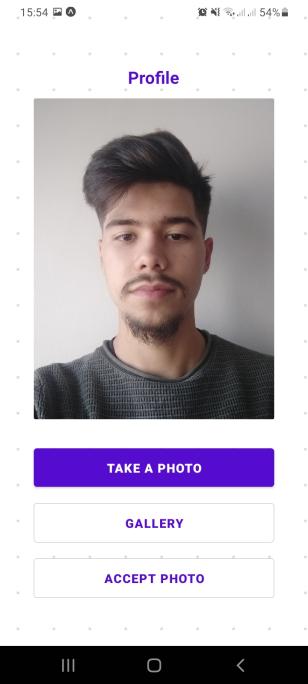
Photo Upload
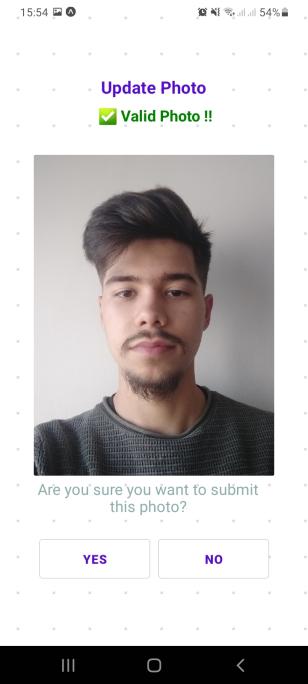
Update Photo
Construction Phase
Photo
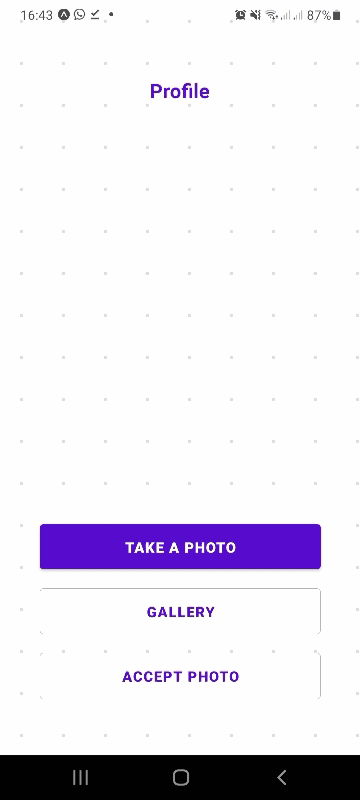
Take photo from camera roll
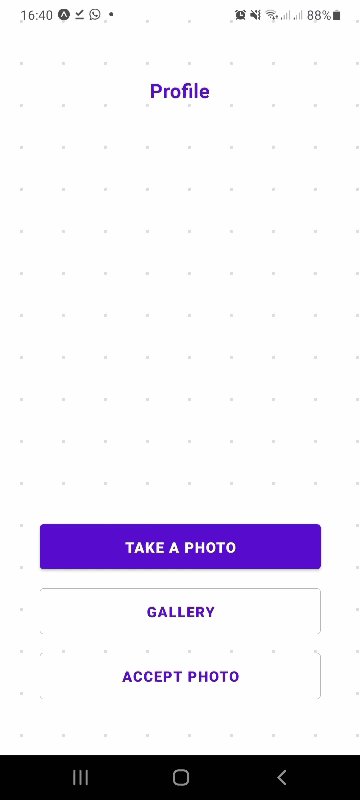
Choose photo from gallery
Design
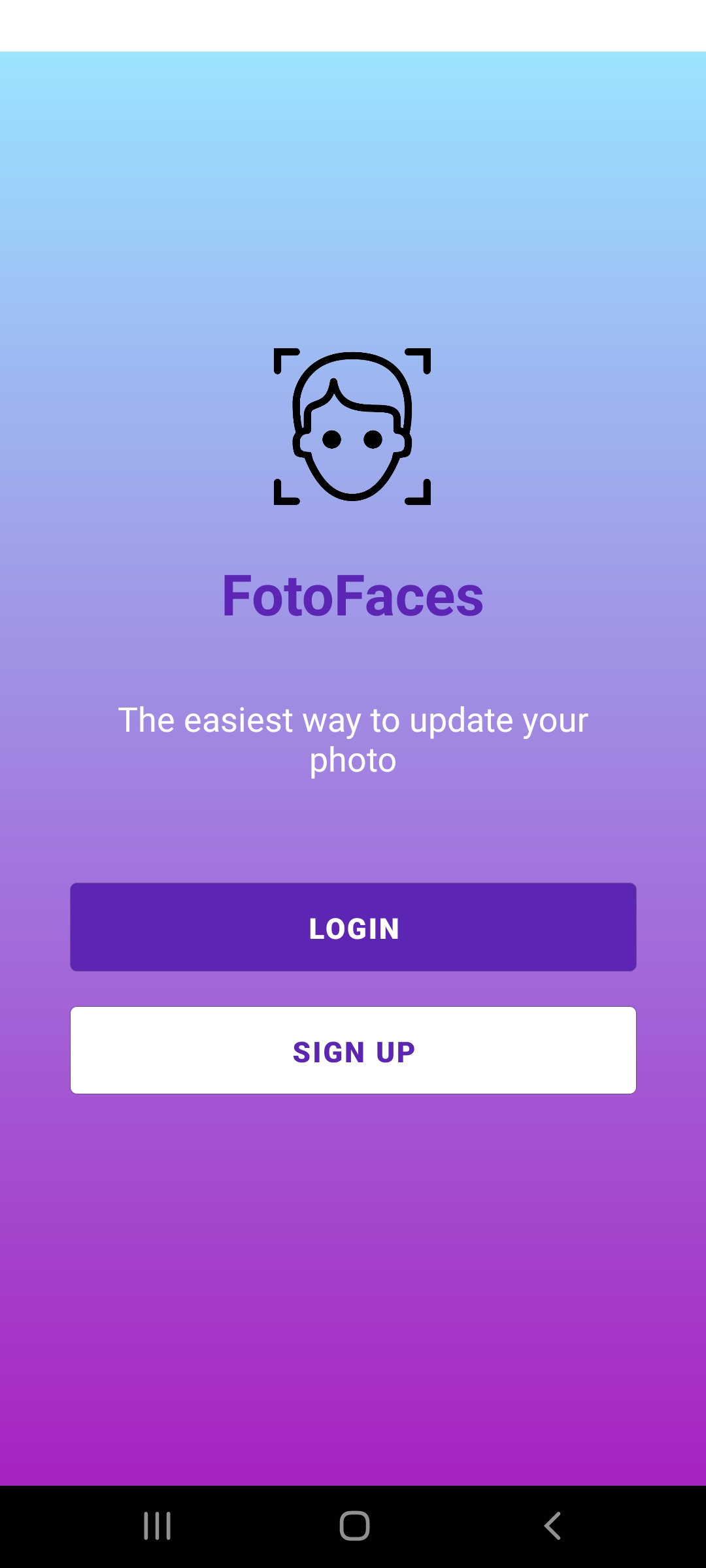
Start Screen

Login Screen

Register Screen
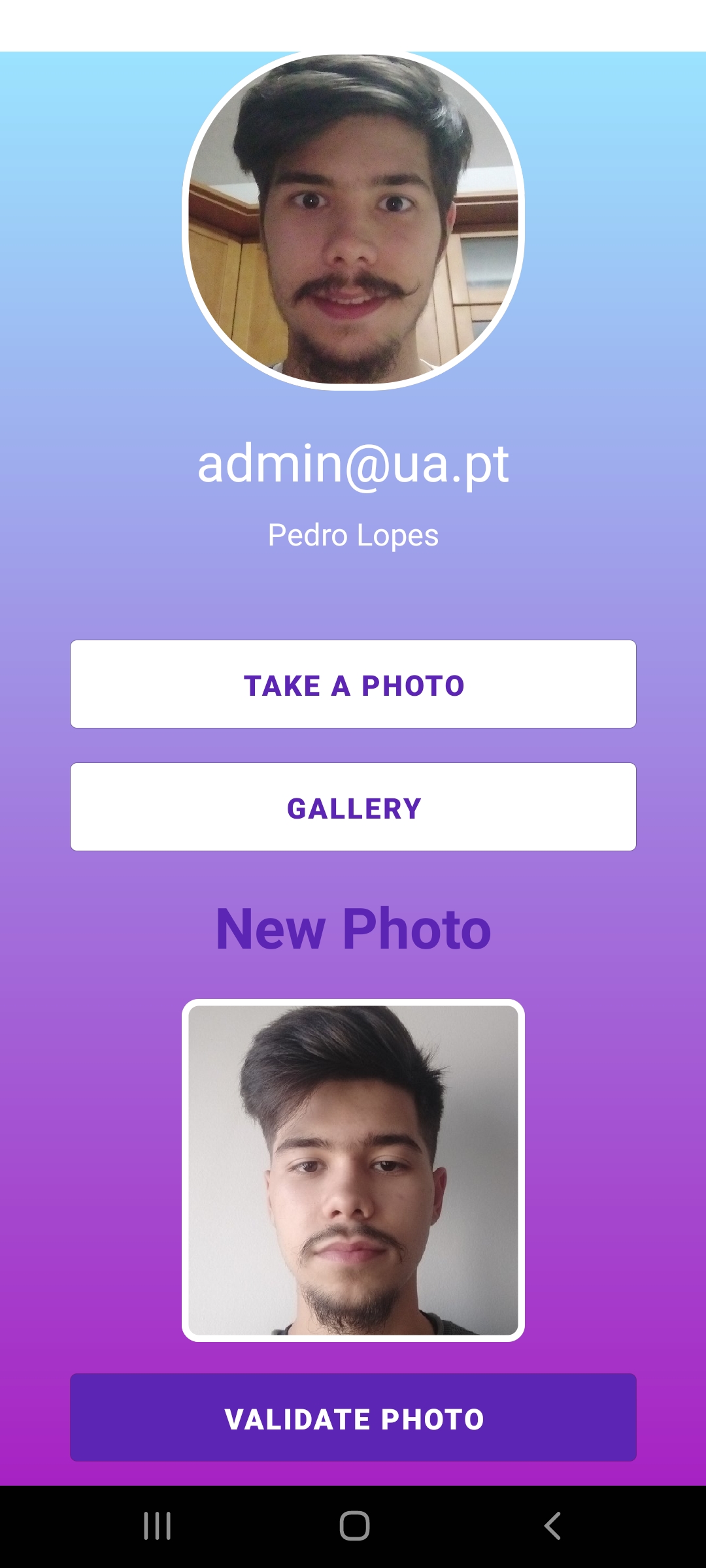
Main Screen for Validation
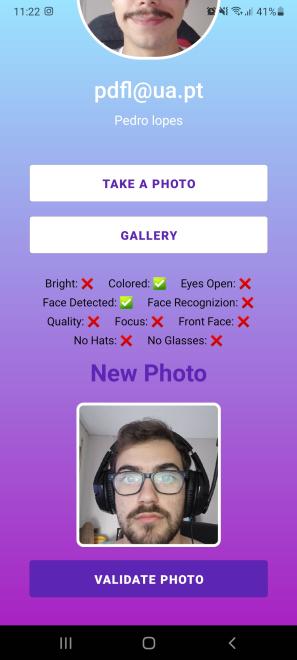
Main Screen with properties
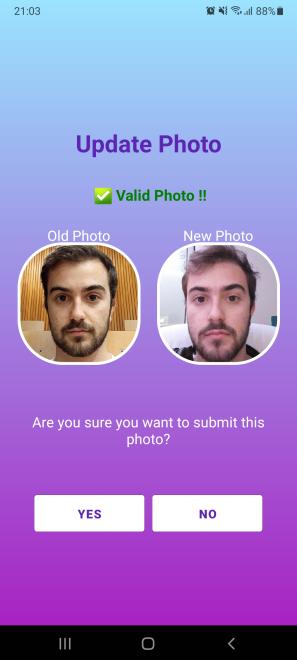
Phot Accept Screen
Live Detection
The Three Steps
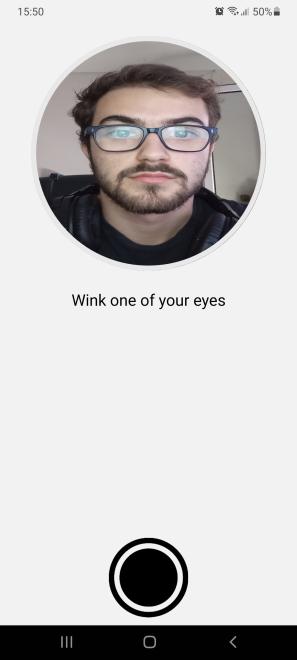
Winking
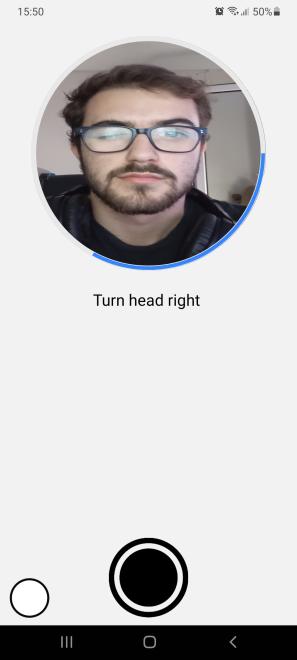
Rotating the head
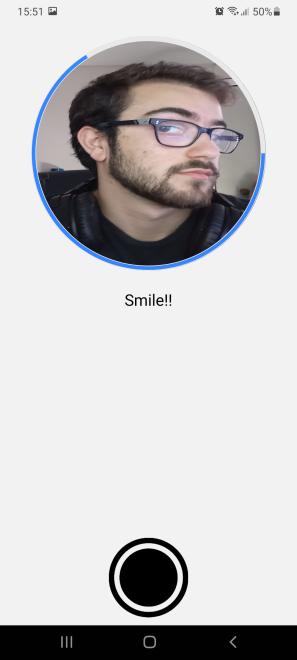
Smiling
Algorithm
The Live Detection algorithm is used when a user chooses to take a new photo in the main screen or the register screen. The camera option will take the user to an interface, based on a project done by Osama Qarem, where he has to put his face inside a frame and do some verification steps, like winking an eye.
We use an expo package called FaceDetector which uses functions of Google Mobile Vision framework to detect the faces on images and gives an array that contains information about the face, e.g. the coordinates of the center of the nose, the winking probability, etc.. The FaceDetector package is usually used along with the Camera package also from expo, where we can define the properties of the FaceDetector detection, as for example the minimum detection interval, which defines in what space of time it should return a new array of the properties of the face. By analysing that array, we can confirm if the user is smiling or not, by checking the value of the key 'smilingProbability', if the number is bigger, it means that the user is most likely smiling.
Architecture
Simple Architecture
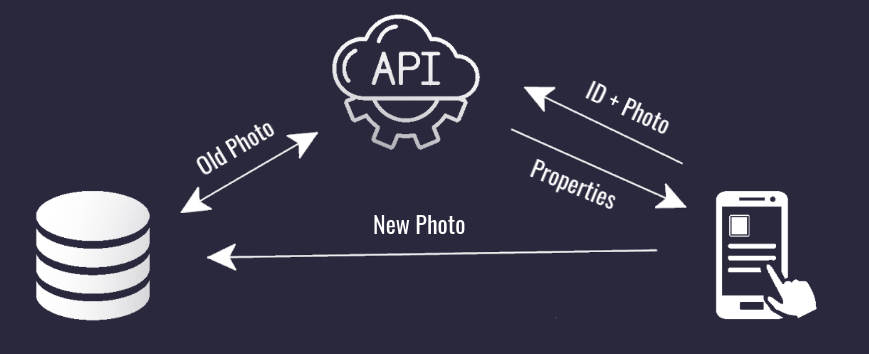
Inception Phase
Communication Plan

Team communication
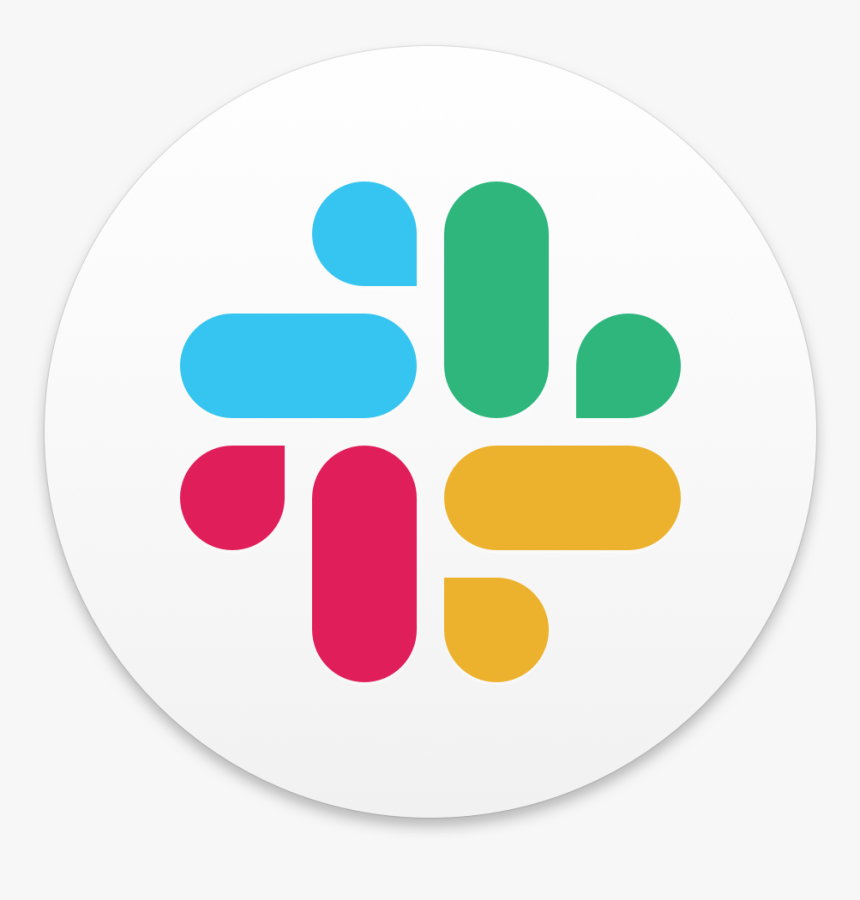
Advisor-Team discussion

Project Bakclog management

Promotional Website
Development Tools

Mobile App building

Code repository
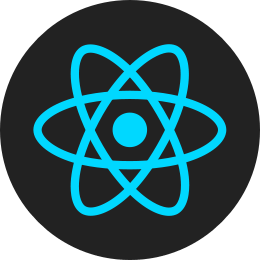
Website building

Team communication
Project Calendar
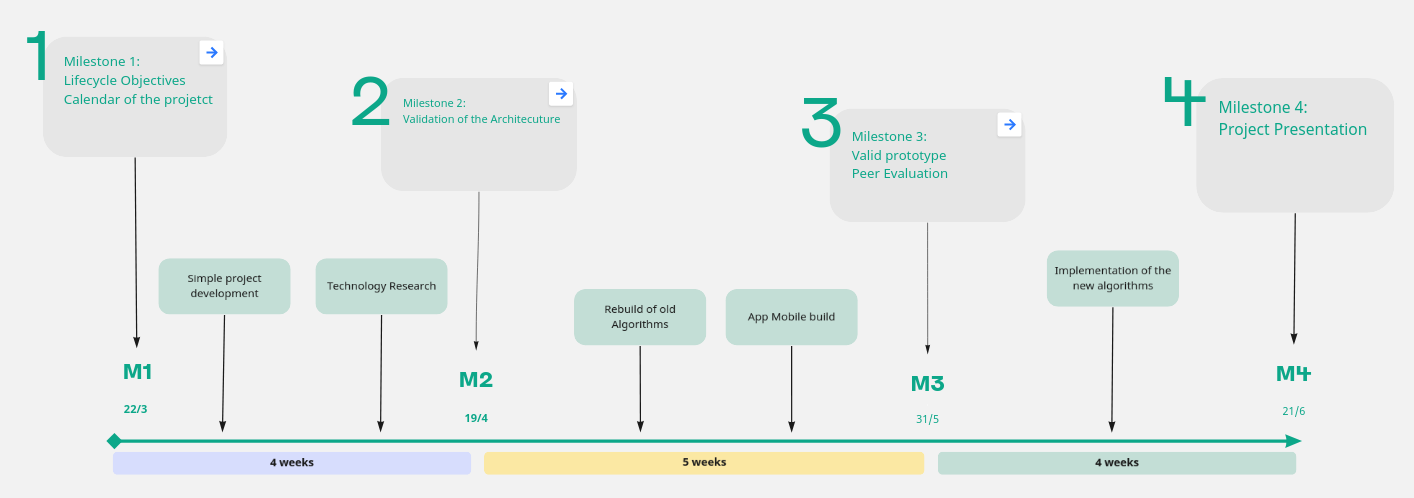
Elaboration Phase
Non-Functional Requirements
- Scalability - When many users use the API at the same time
- Reliability - It shouldn’t crash all the time
- Availability - Always available to any user
- Maintainability - Maintain documentation and infrastructure
- Usability - Intuitive application
Actors
Employees
Human Resources representatives
Use Cases
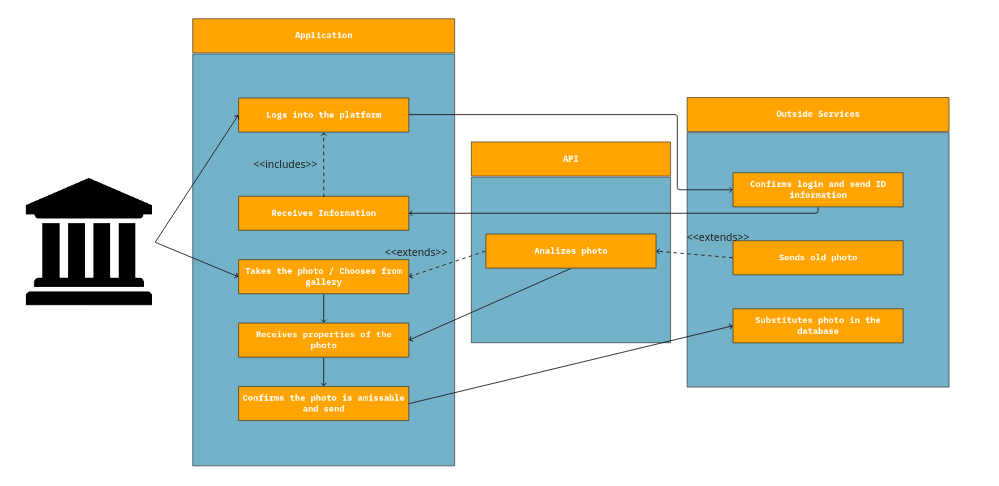
User opens app, makes login, checks his or her photo, decides to take a newer photo, the app offers mechanisms to upload or to take a new photo, User waits for the response containing all the metrics of the FotoFaces then the mobile app validates those criterias and a new screen appears to the user offering them to take the red or the blue pill, while exhibiting the photo after cropping and fixing the pitch, yaw and raw.
Domain Model
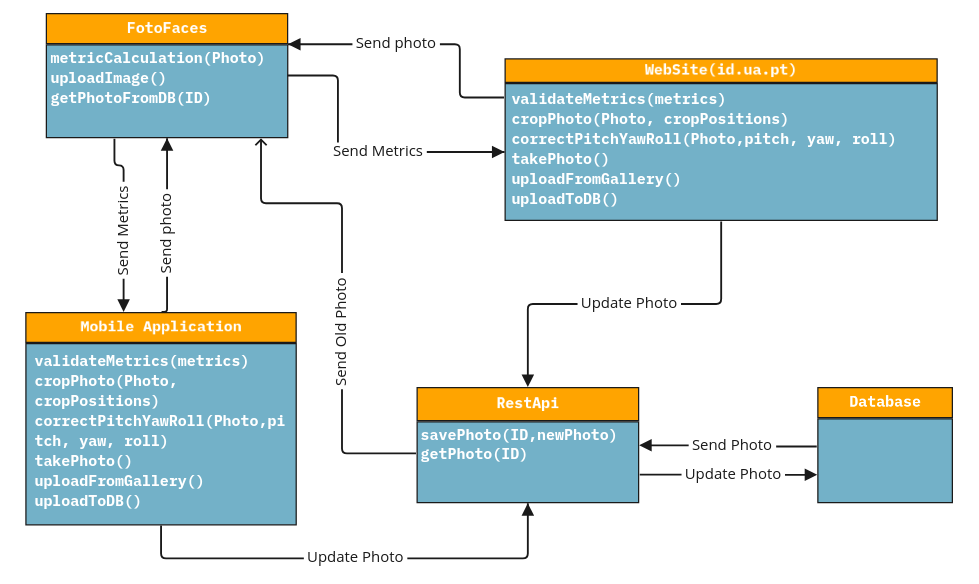
Deployment Diagram
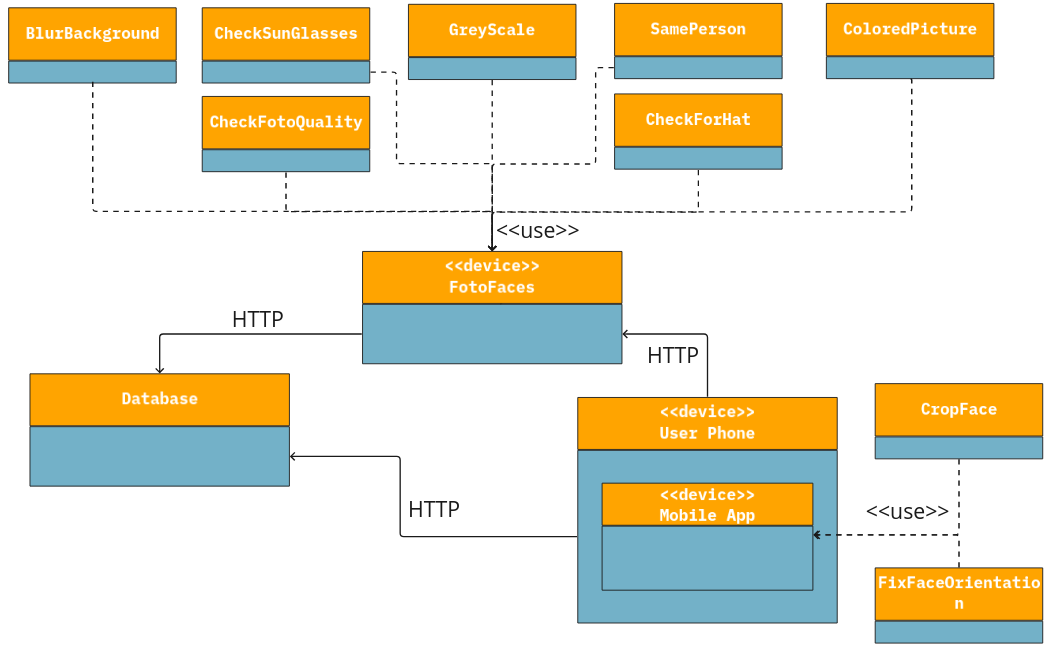
State of Art
id.ua.pt already offers services that includes a similar software than the one we are going to build
Construction Phase
Database
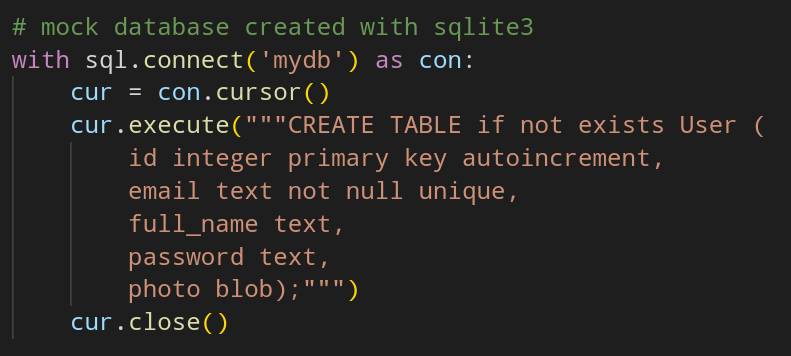
Database Creation
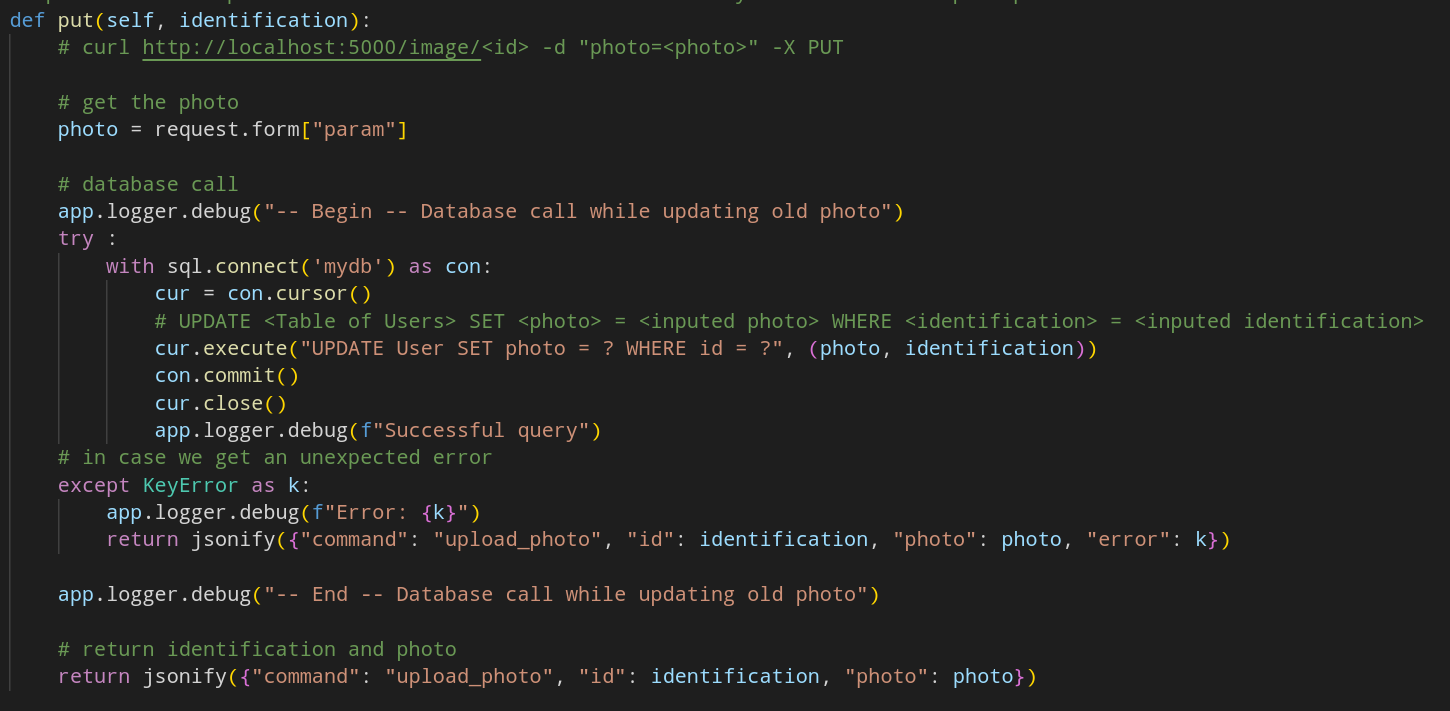
Database Update
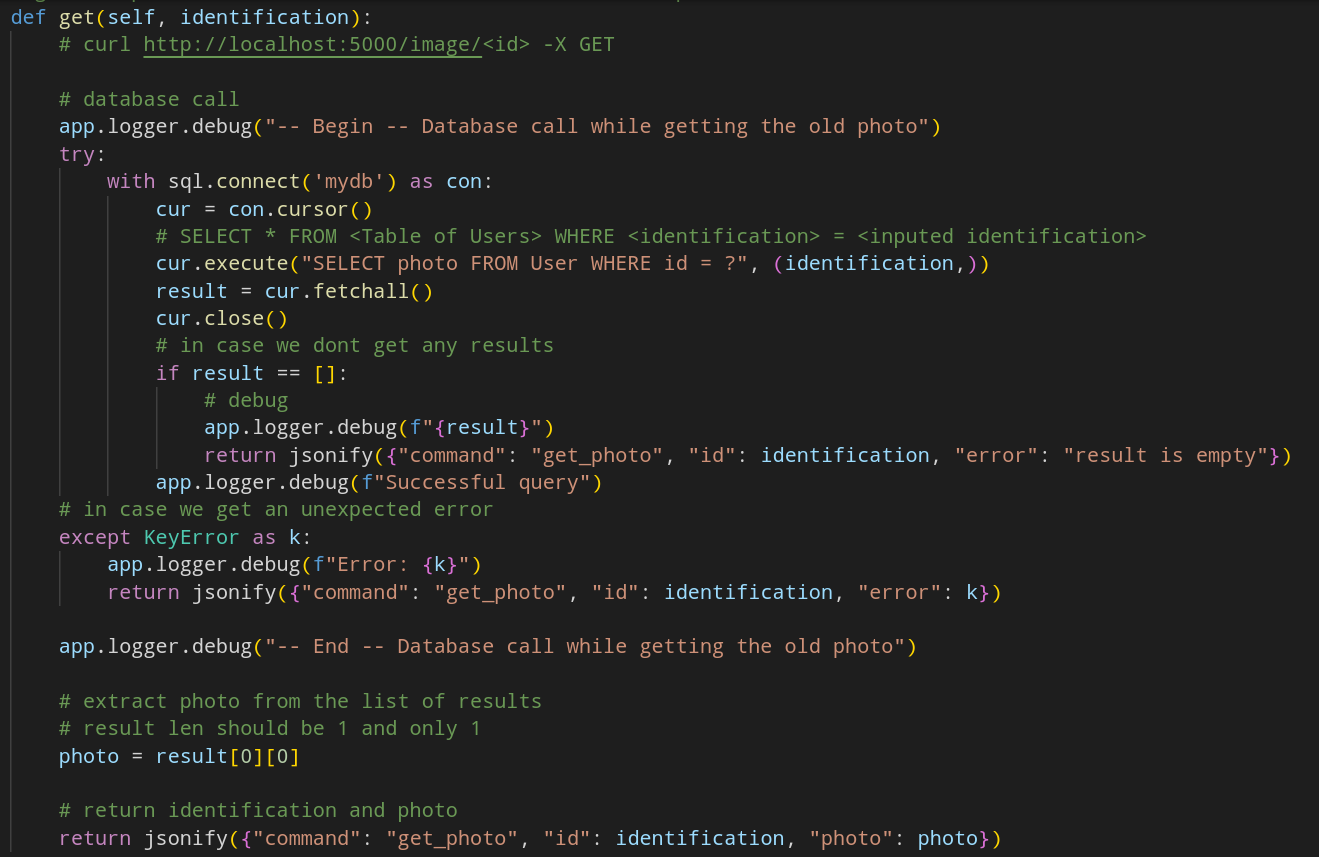
Database Get
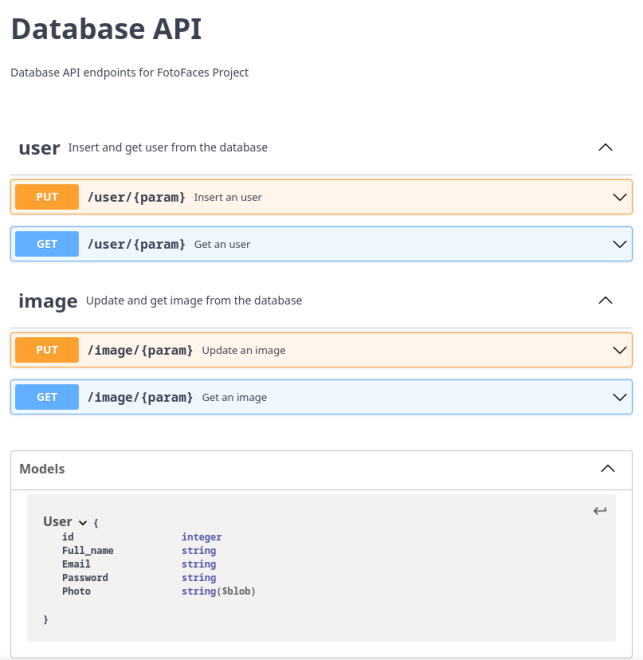
Database Endpoints
Message Dealing
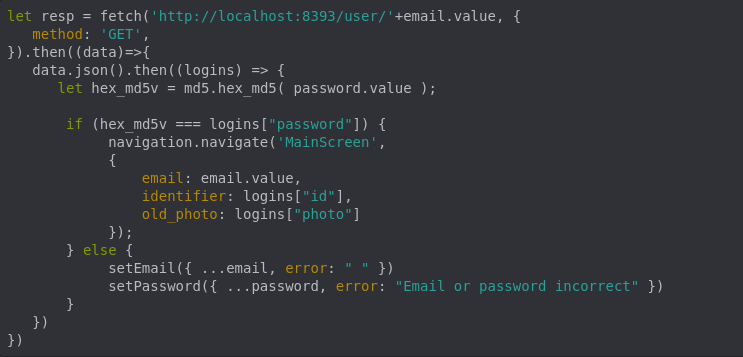
Http message Example
Functional Requirements
- The system must be able to receive a photo and an user ID
- The system must get the user old photo from the database
- The system must compare the photos and check if it’s the same person
- The system must detect a series of properties from the new photo
- The system must send the detected properties in a JSON format to the user
- The systen must allow for plugins to be added for detection of more properties
Development Tools

Flask
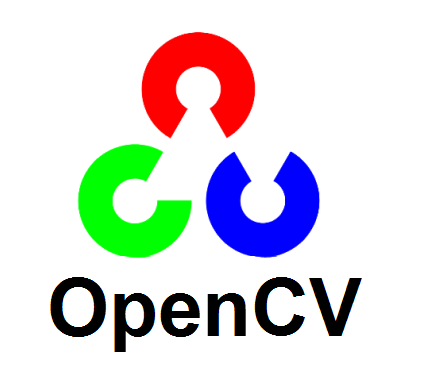
OpenCV
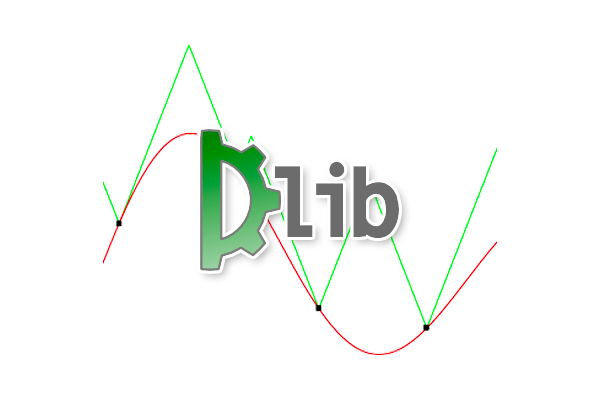
Dlib
Algorithms
- Facial Recognition
- Face Reference Detected
- Face Orientation
- Frontal Face
- Analyse photo quality
- Analyse photo brightness
- Analyse colored Picture
- Blur background
- Resize
- Cropping
- EyesOpen
- Gaze
- Hat
- Glasses
- Sunglasses
- Implement deep learning
Properties
Returns True or False for the following:
Returns Levels for the following:
- Has a face
- Macthes old photo
- Blurred
- Cropped
- Live
- Colored
- Eyes Open
- Frontal Profile
- Hat
- Glasses
- Sunglasses
- Brightness
- Quality
Construction Phase
Plugin Arquitecture
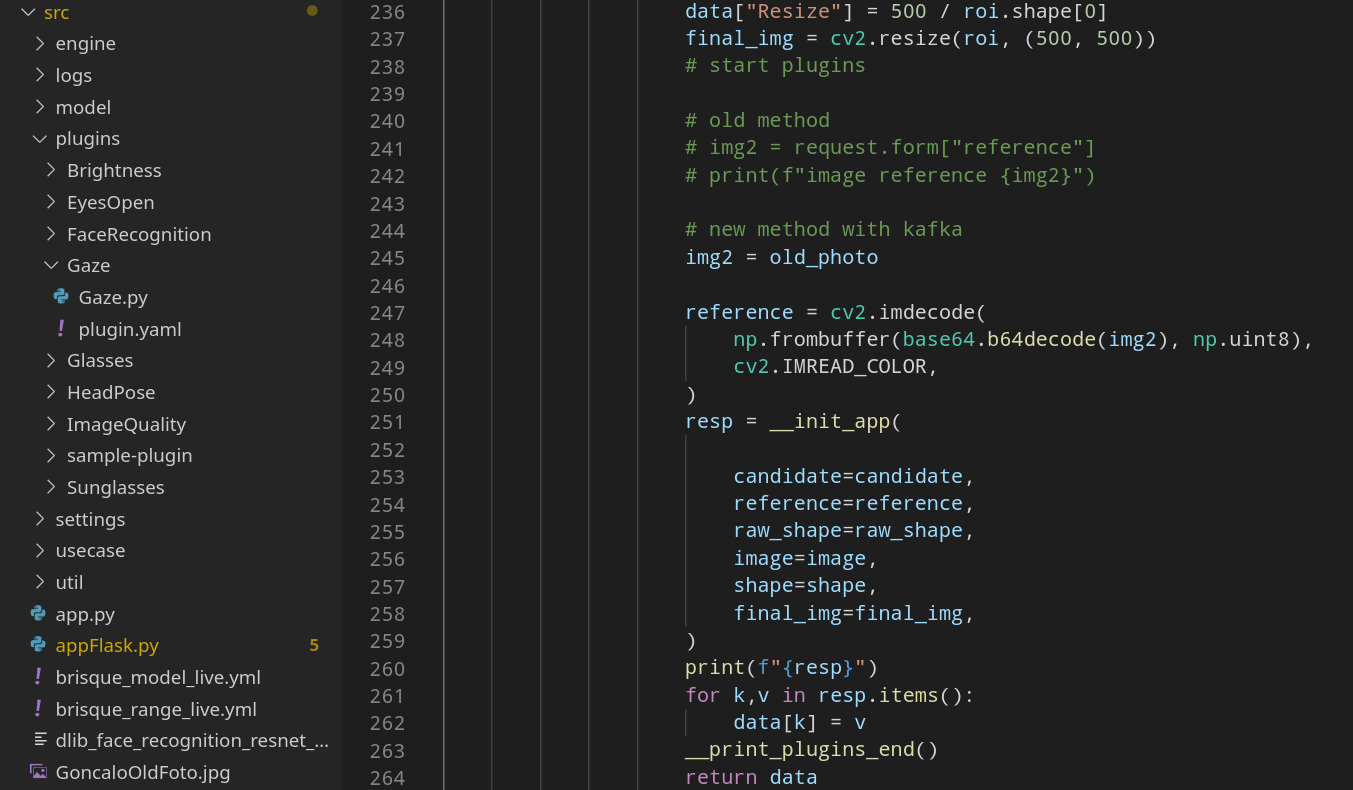
Each plugin folder (like Gaze) contains a python file with the algorithm code, with useful functions if needed, and a .yaml configuration file.
The main application will gather all the plugins and run them consecutively, until there are no more to execute.
Then it will gather each algorithm result and convert it into a single json message
Testing
All tests are conducted to a specified algorithm
They were made to observe the time the algorithms take to execute, from both the old and new fotofaces, as well as how well do they work
Face Detection
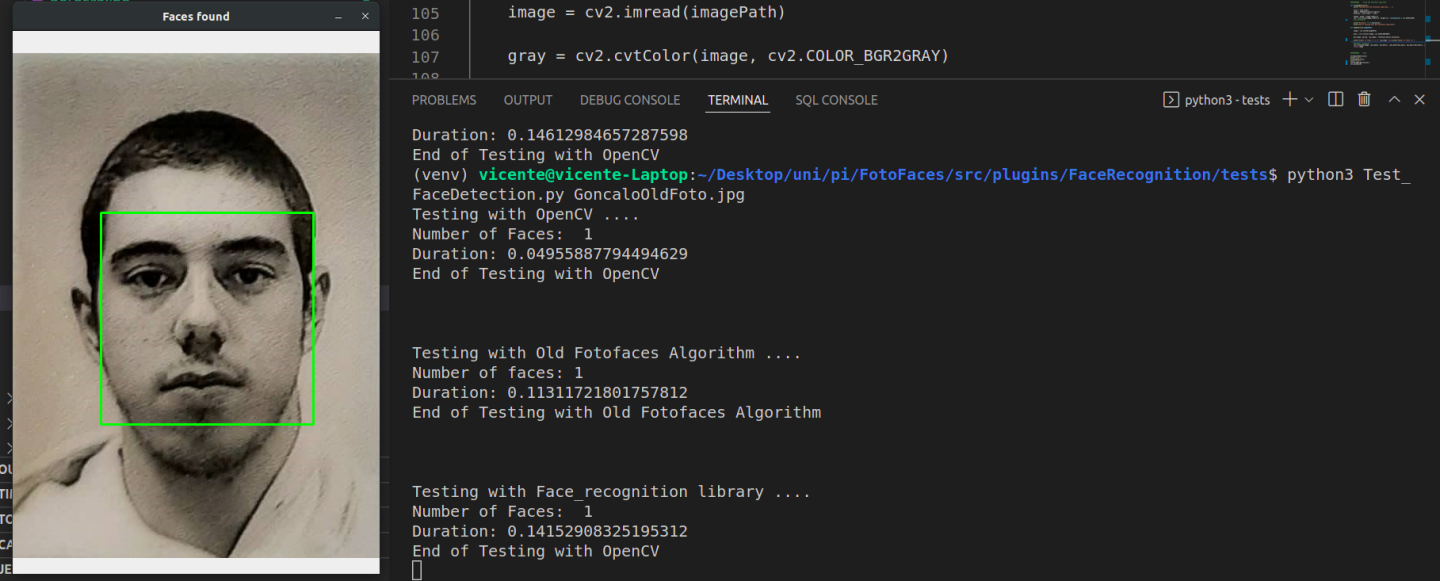
Facial Comparison
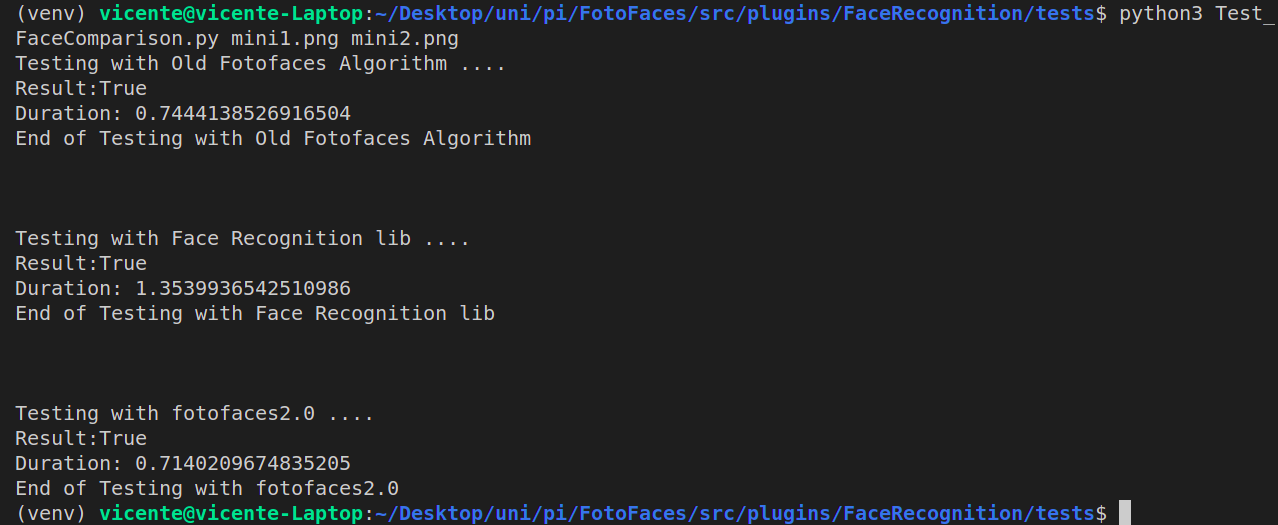
Same person = True
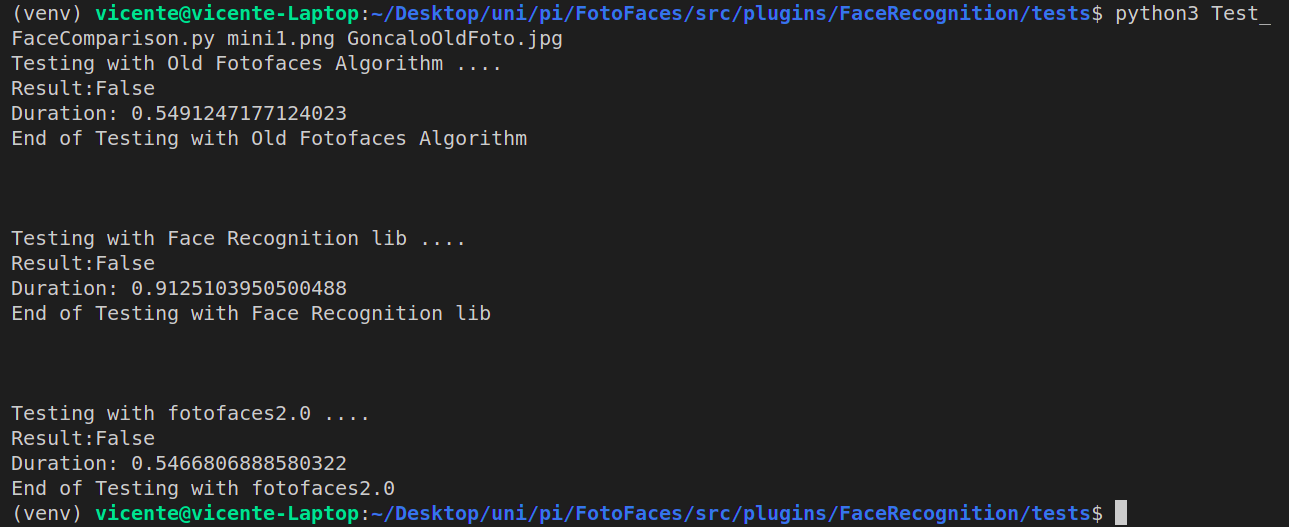
Different people = False
Algorithms Implemented
Face Detection
Face Recognition
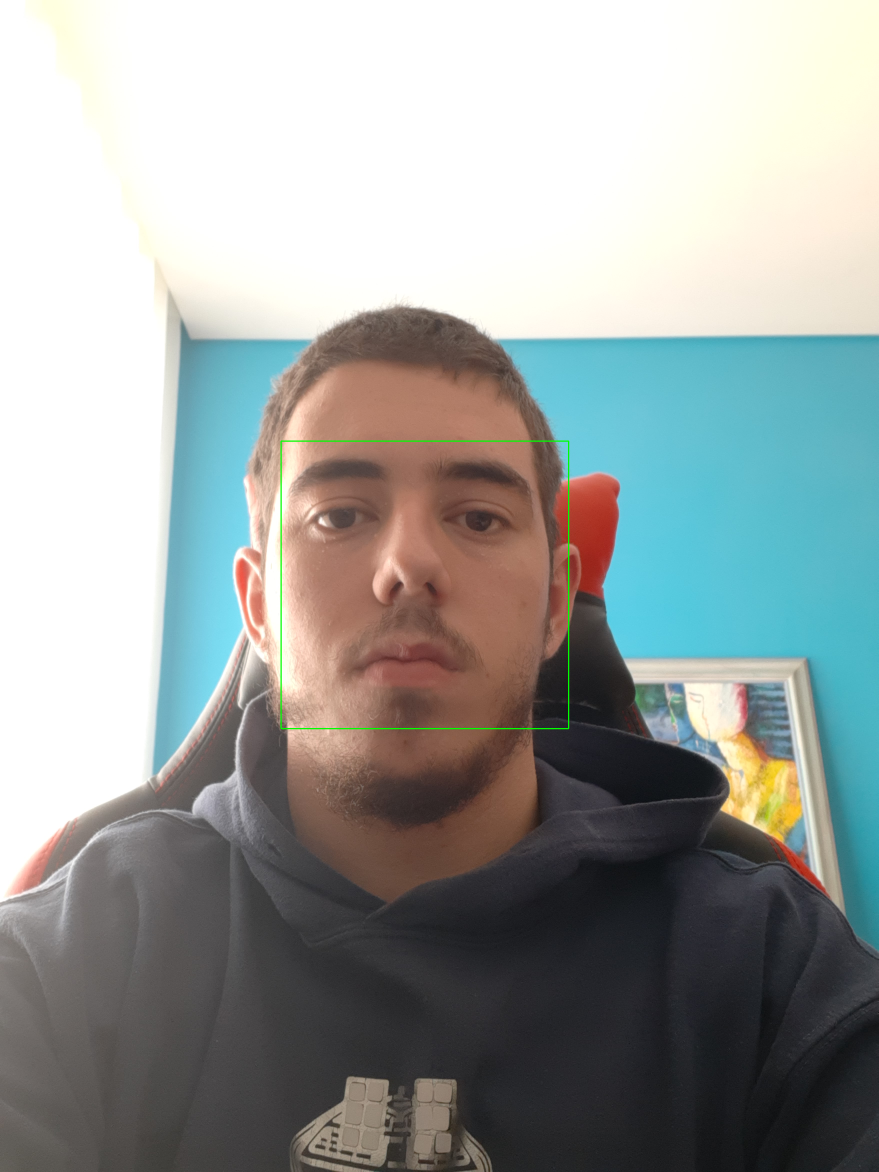
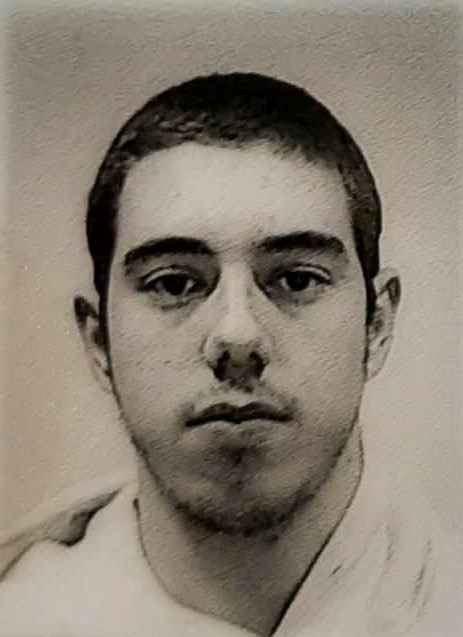
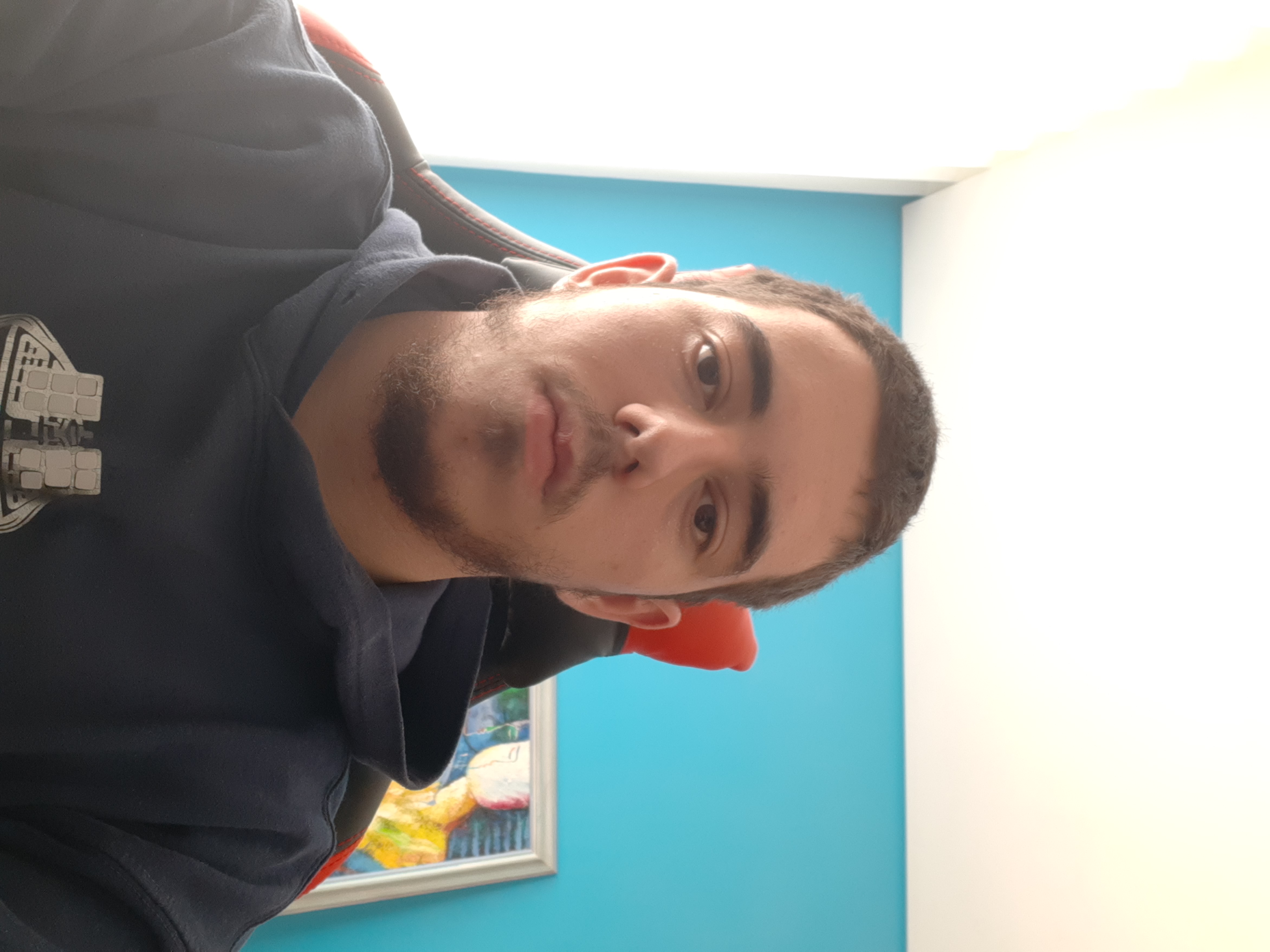
Returns a shape
Returns true or false, will return true
Sunglasses Detection
Glasses Detection
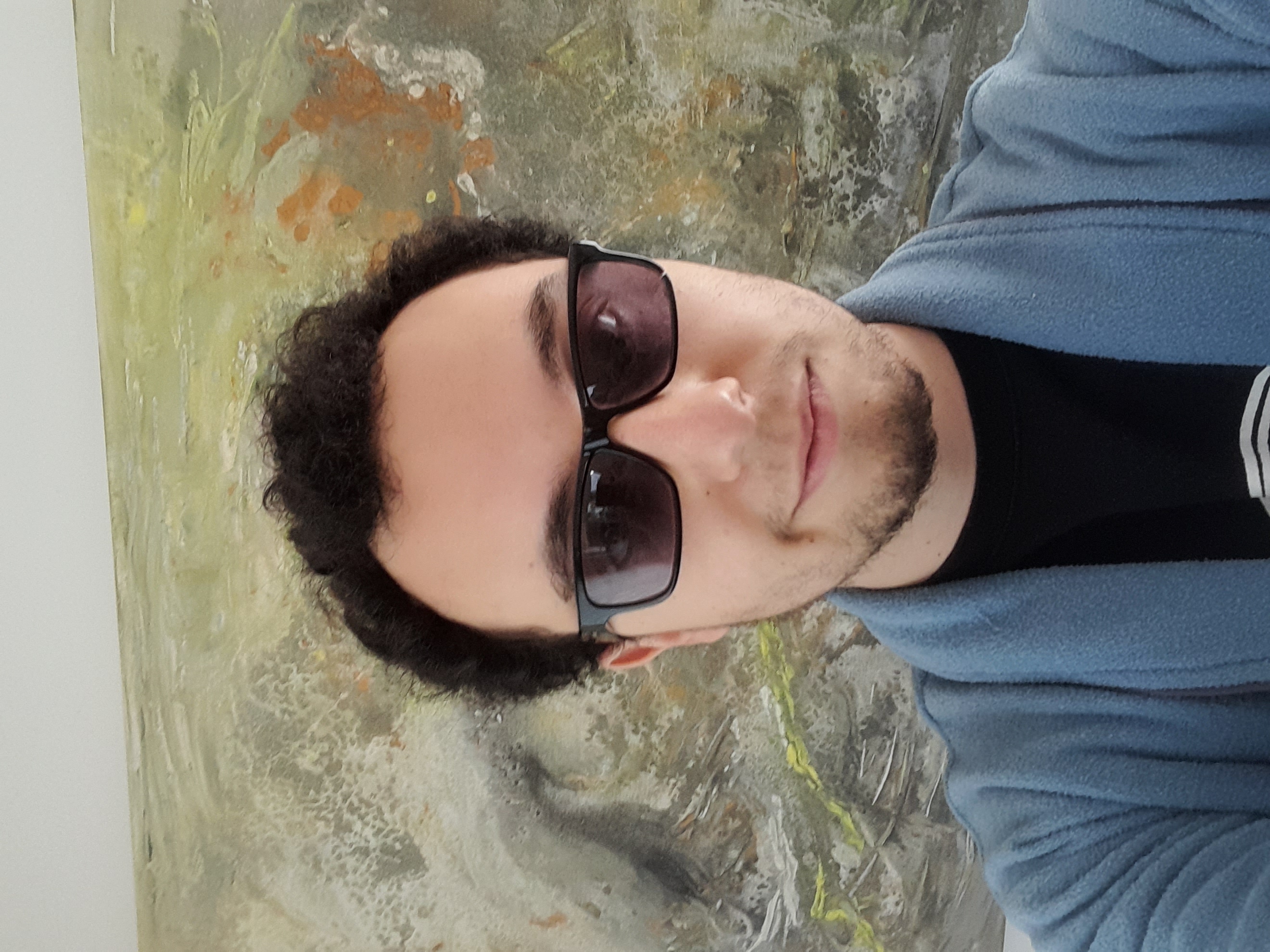
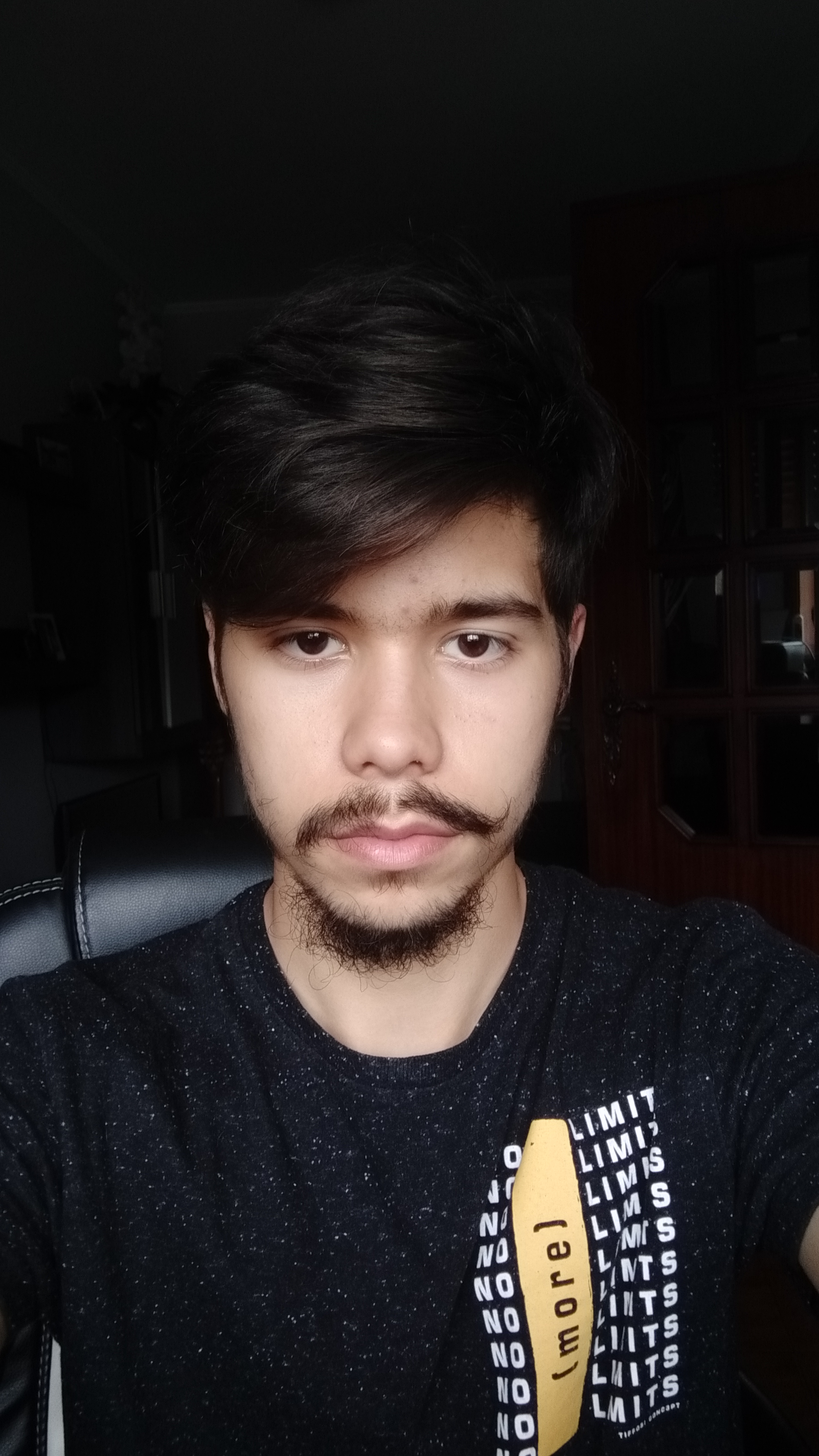
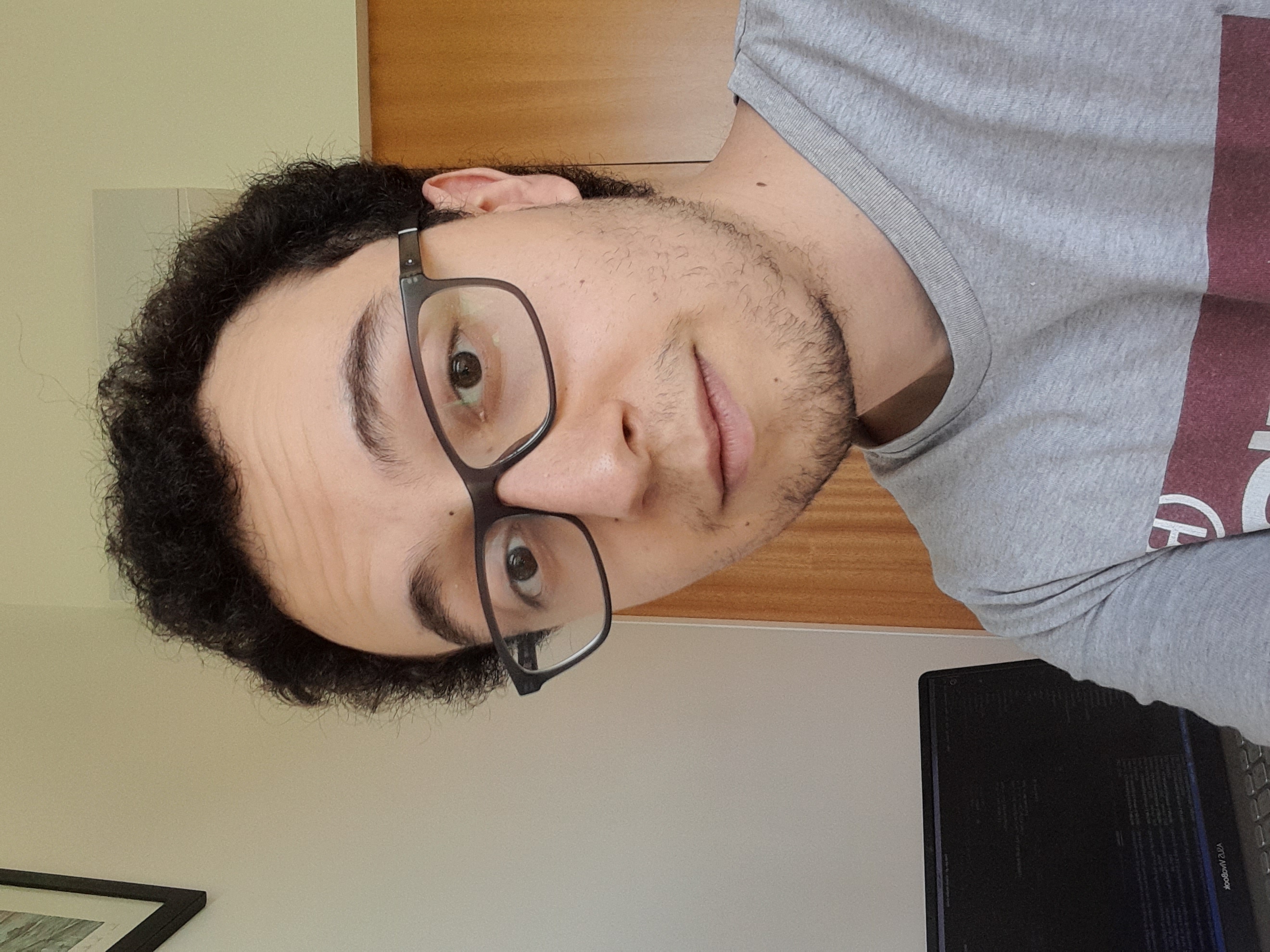
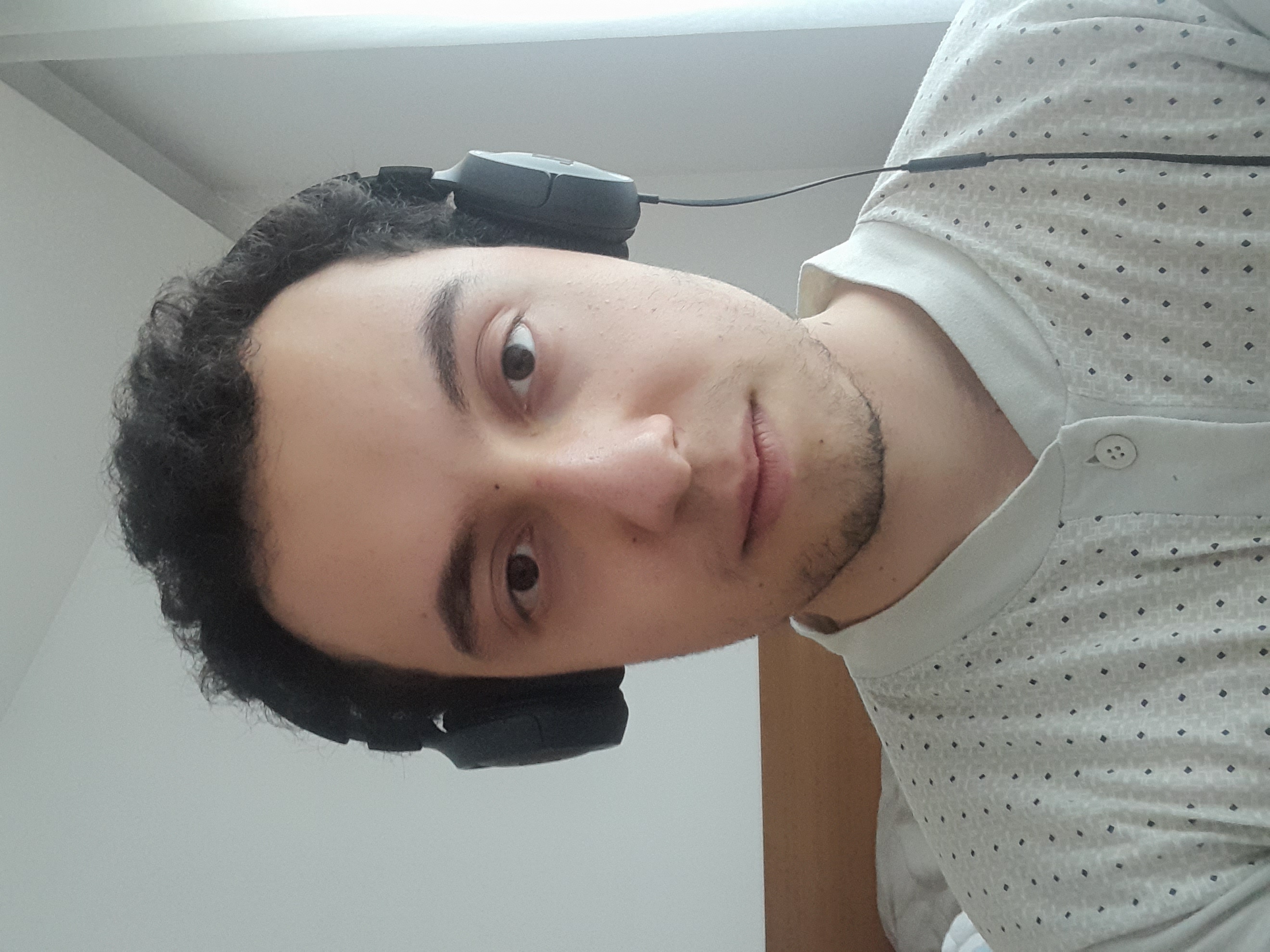
Returns true or false, will return true to the left and true to the right
Returns true or false, will return true to the left and true to the right
Focus/ Gaze
Image Quality
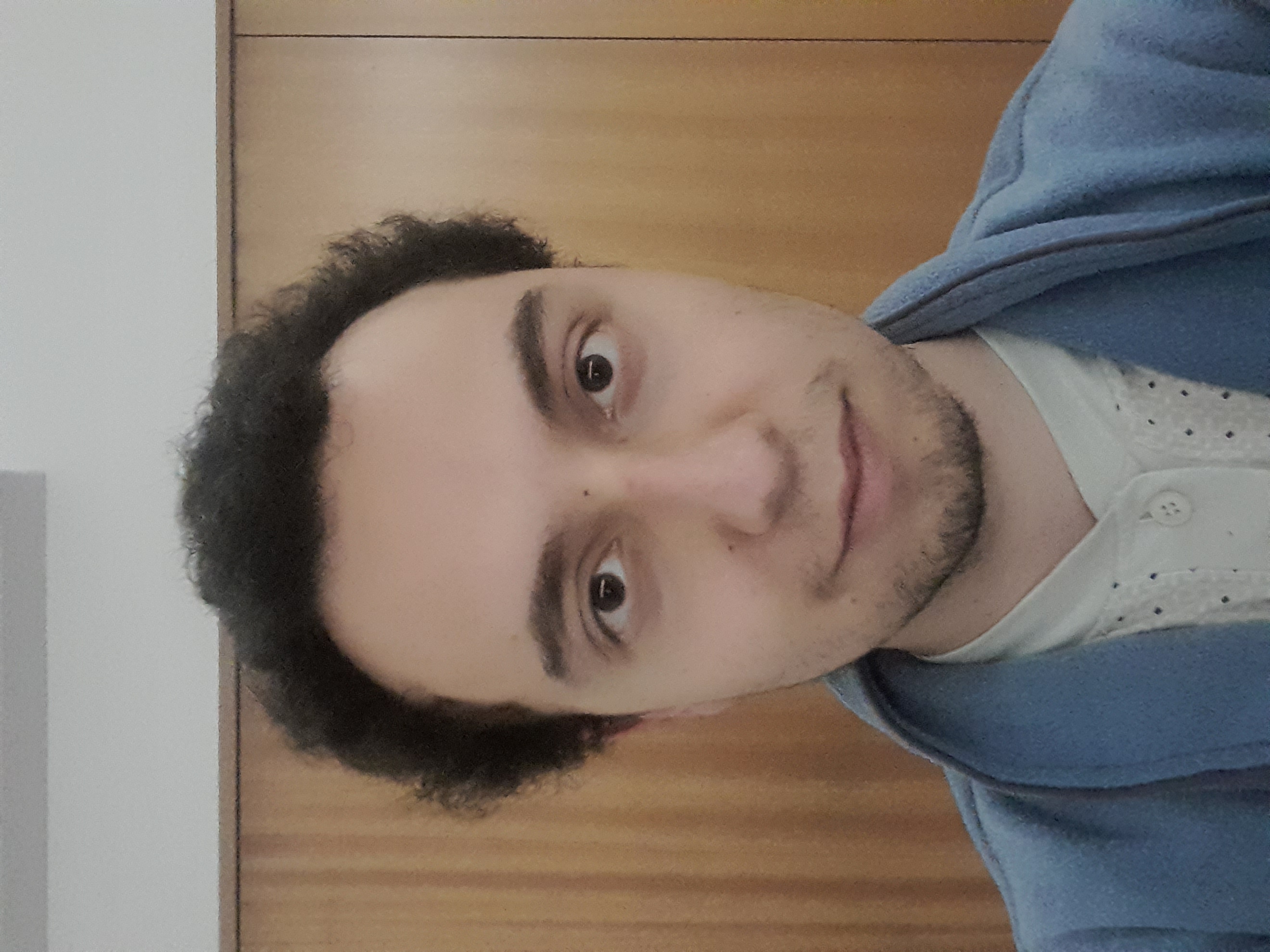
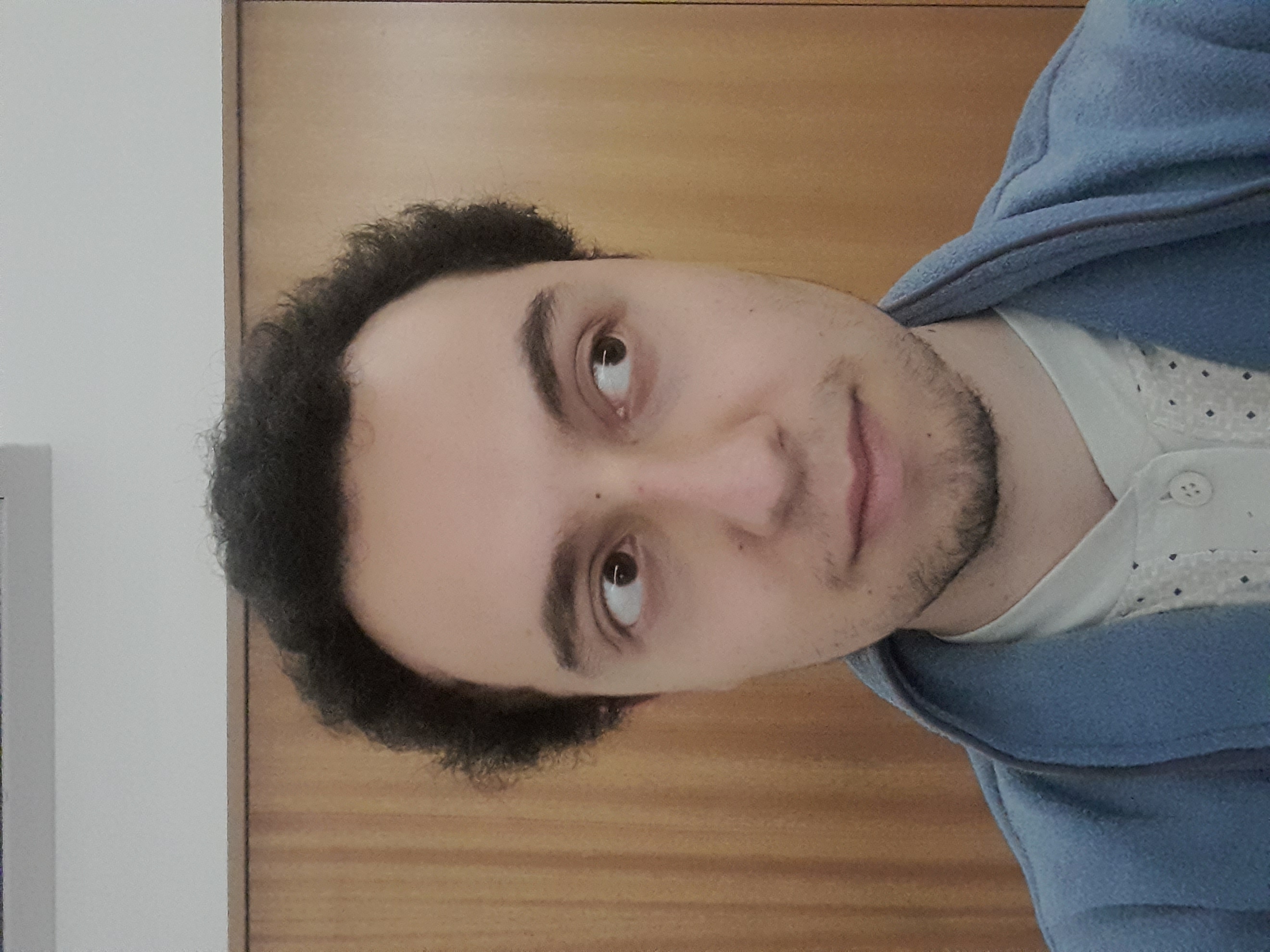
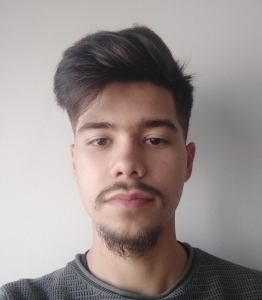

Returns bewteen 50 and 100, the higher the better
Returns value above 0, the lower the better
Head Position
Hat Detection
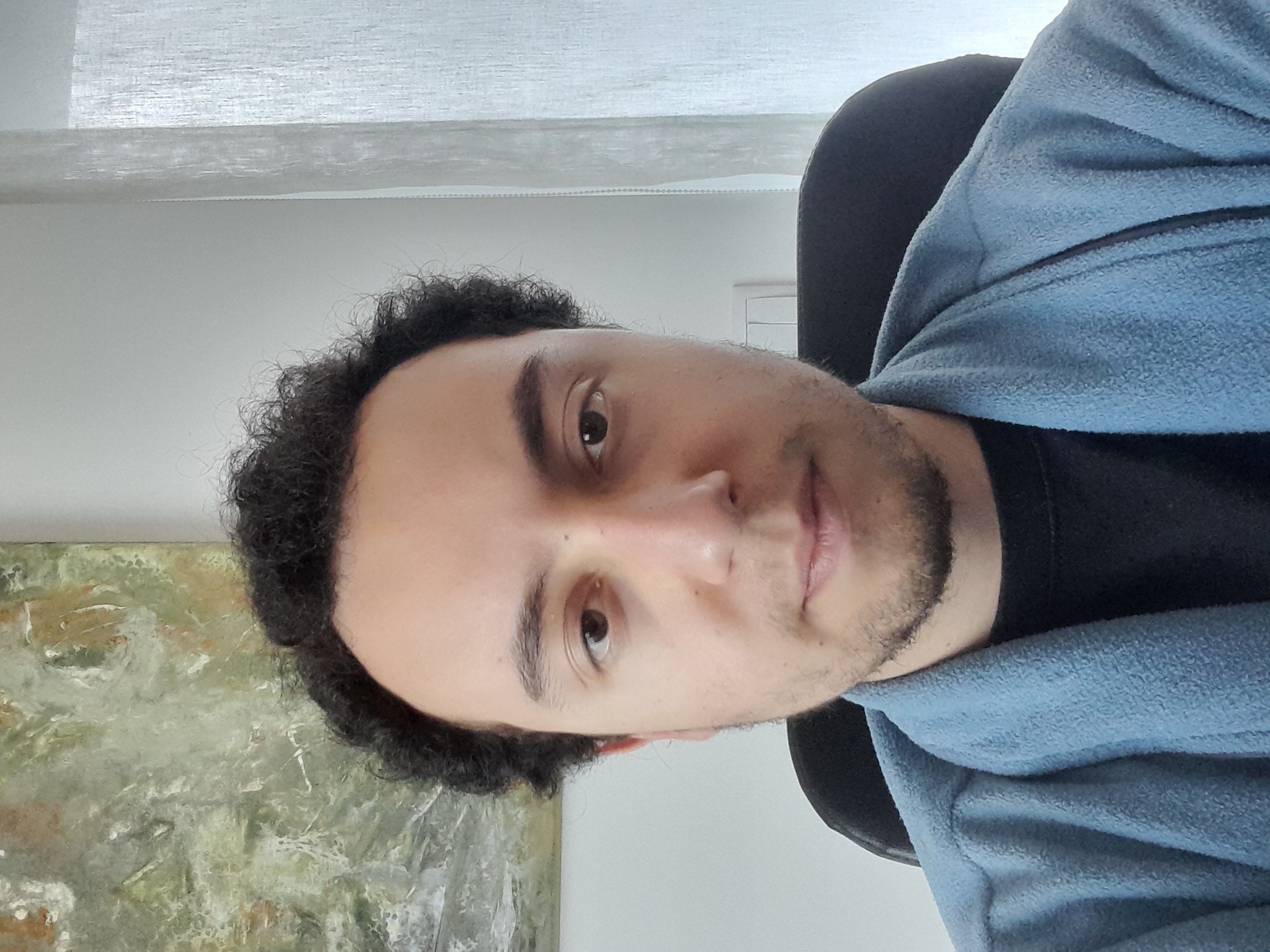
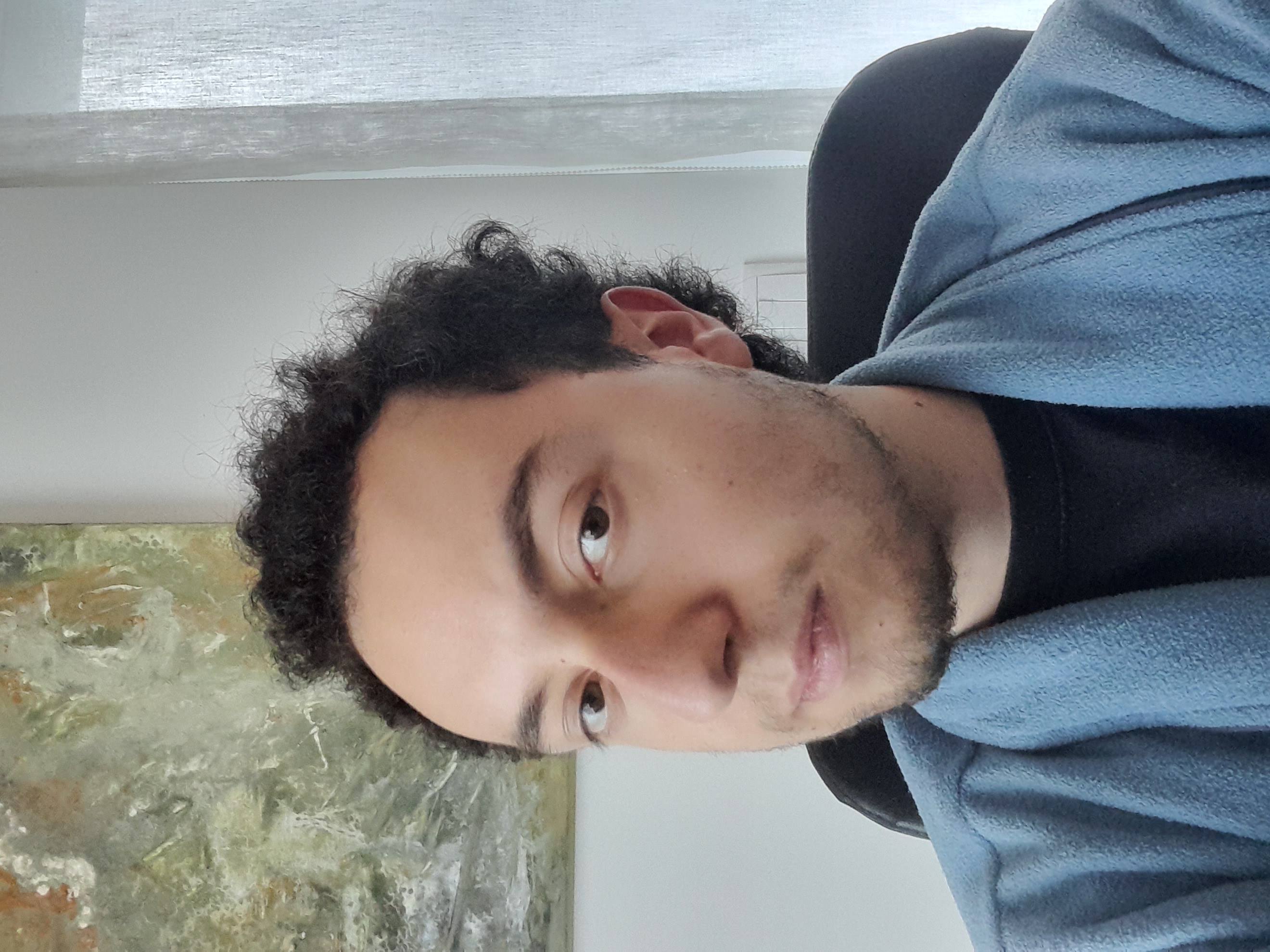
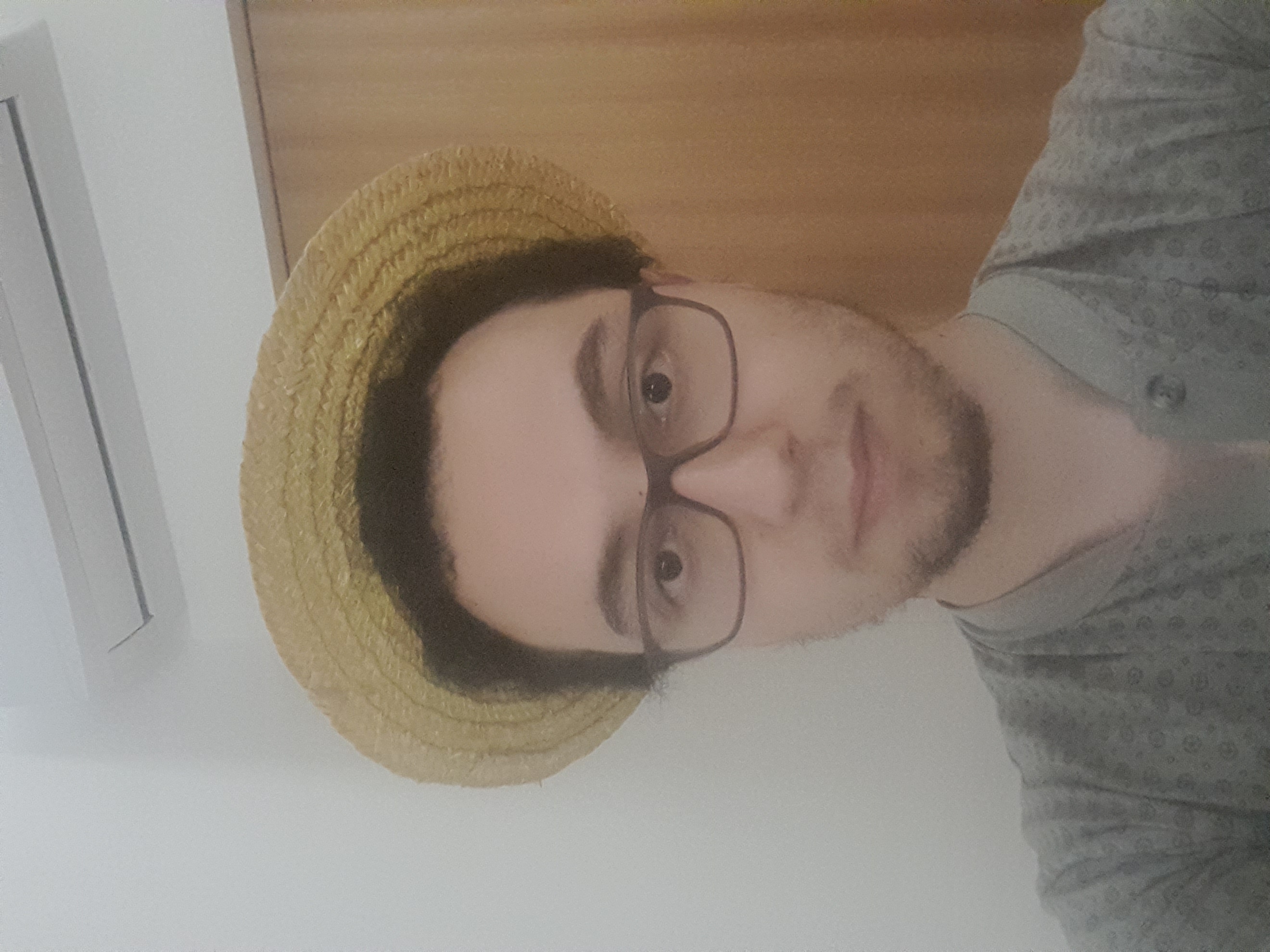

Returns values above 0, the lower the better
Returns true or false, will return true to the left and true to the right
Brightness
Open Eyes
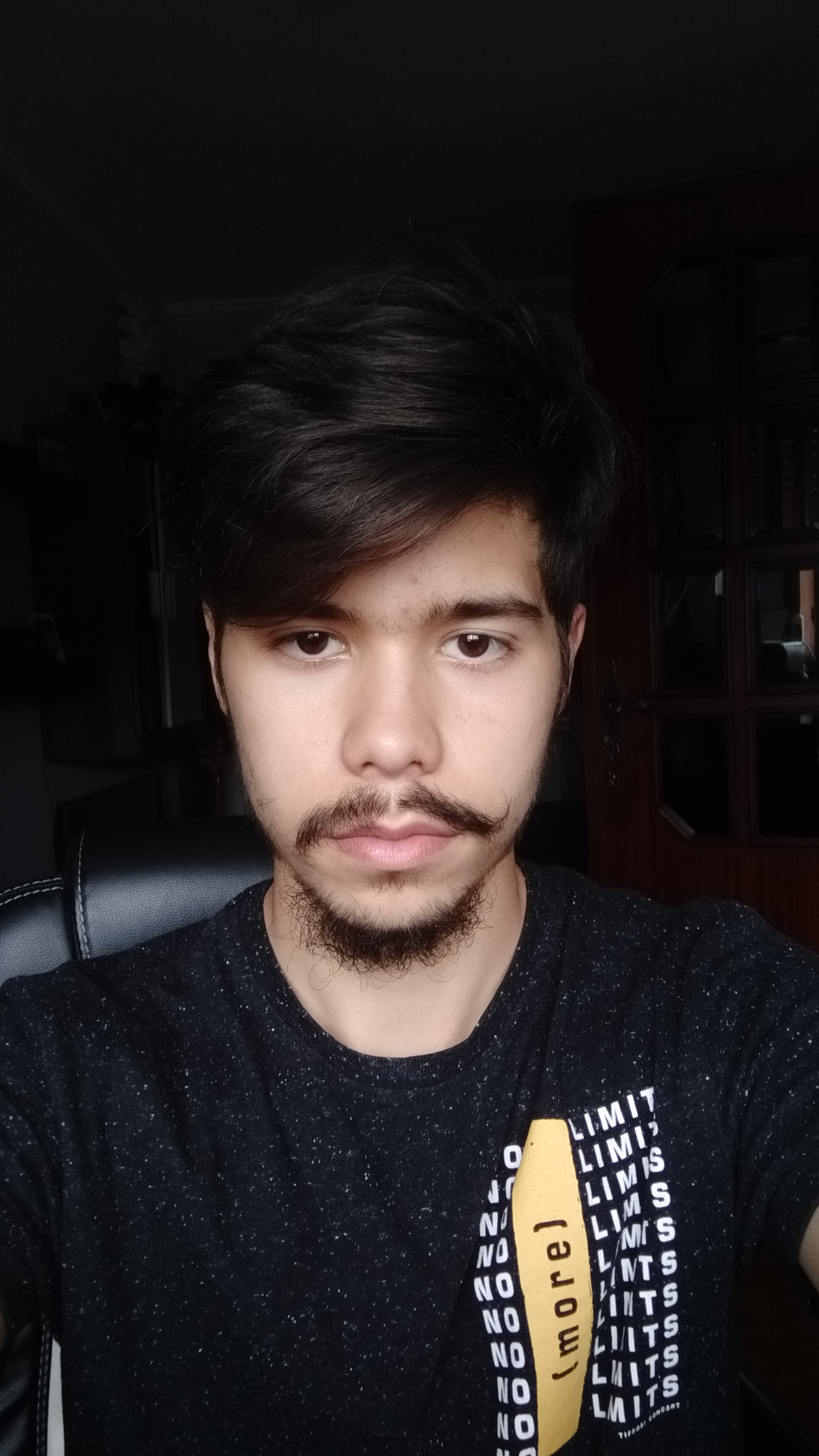
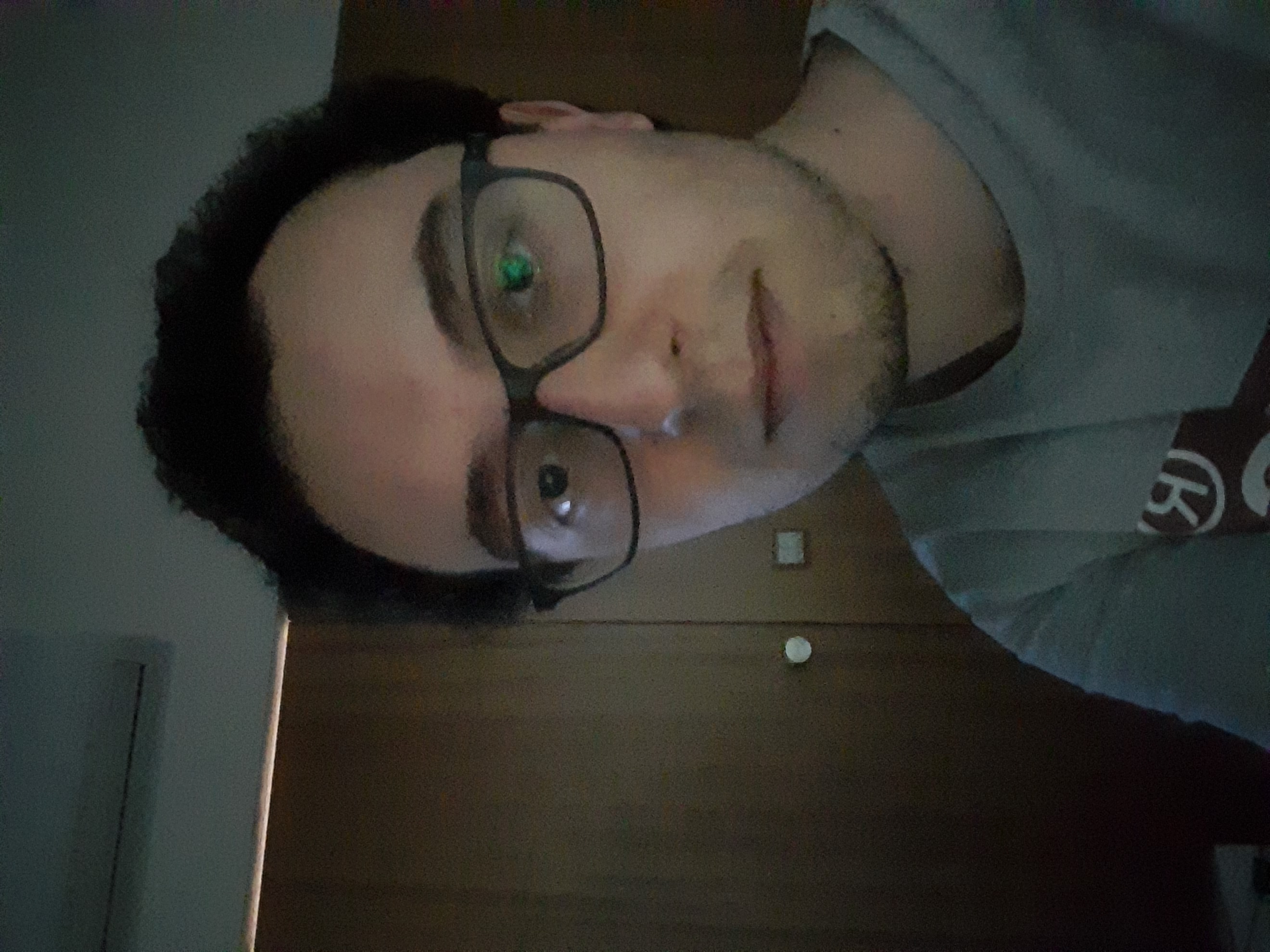

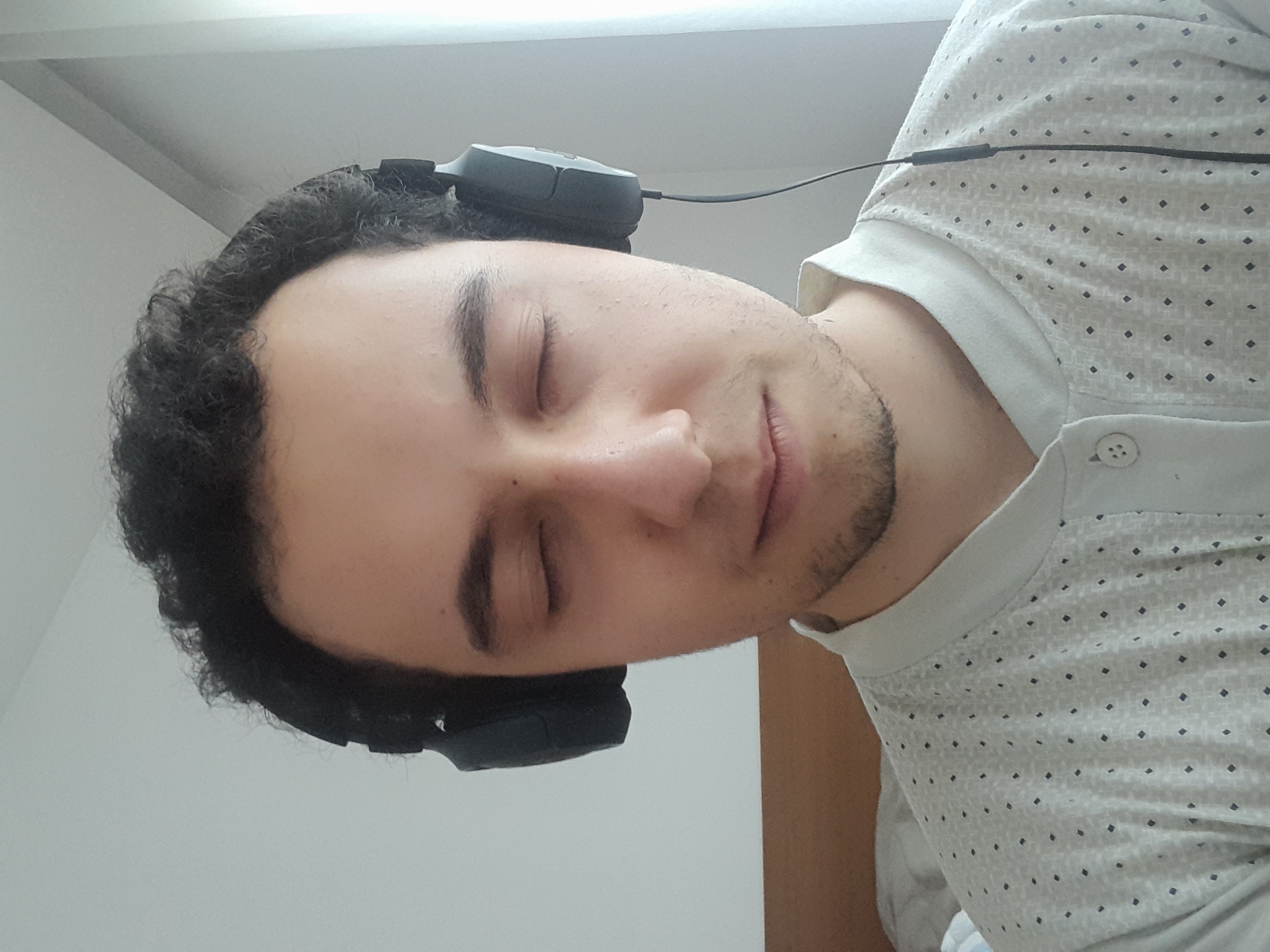
Returns value above 0, the higher the better
Returns values between 0.10 and 0.50, the higher the better
Cropping
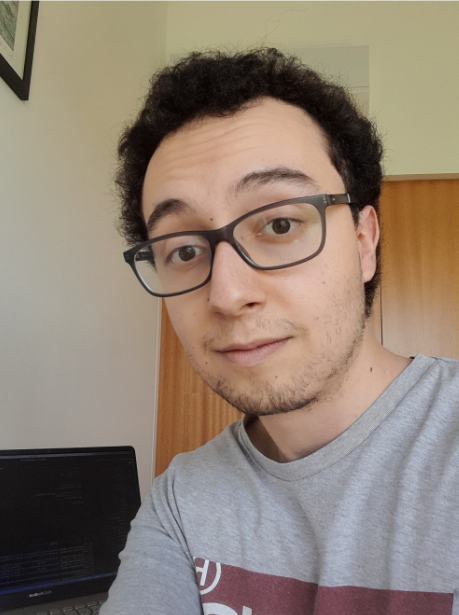
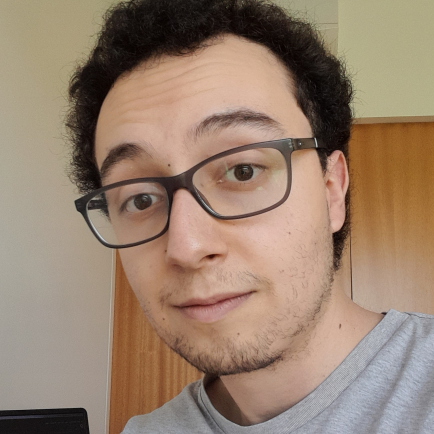
Returns a cropped image